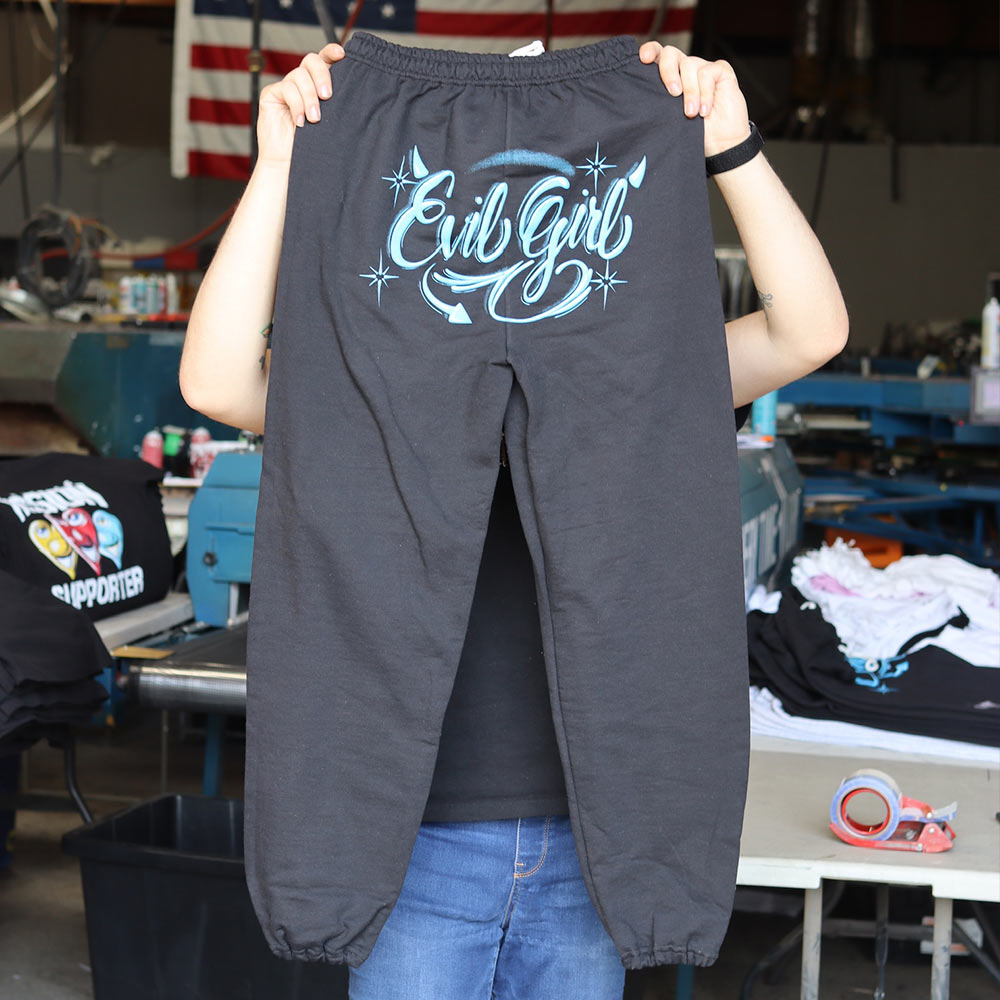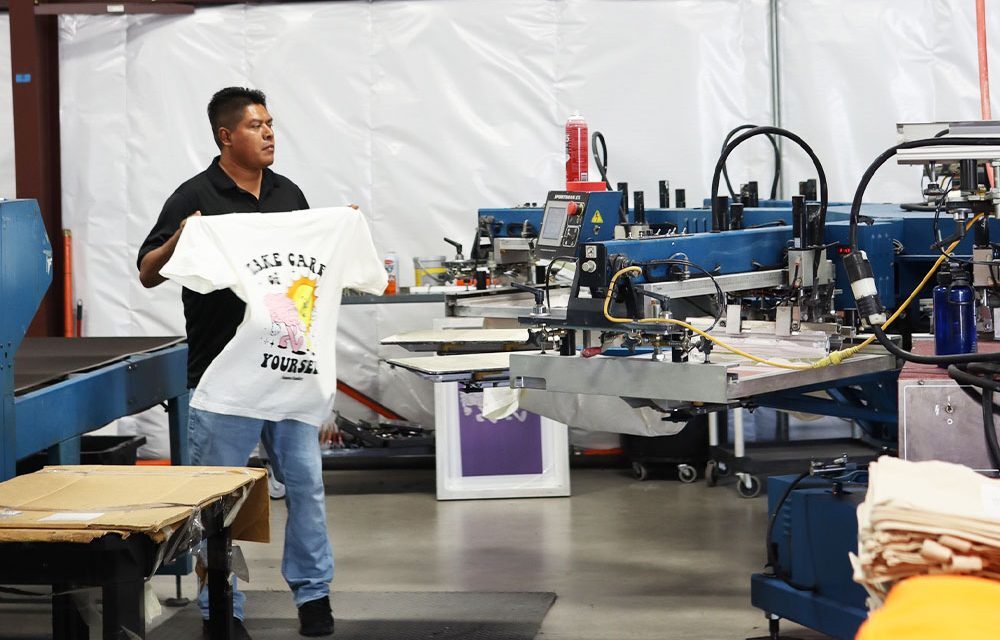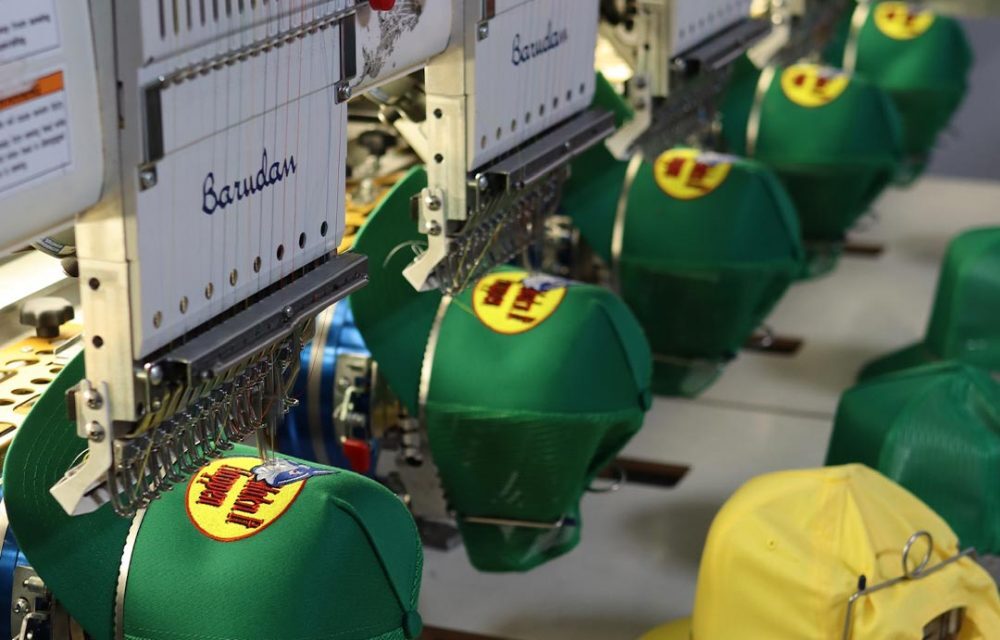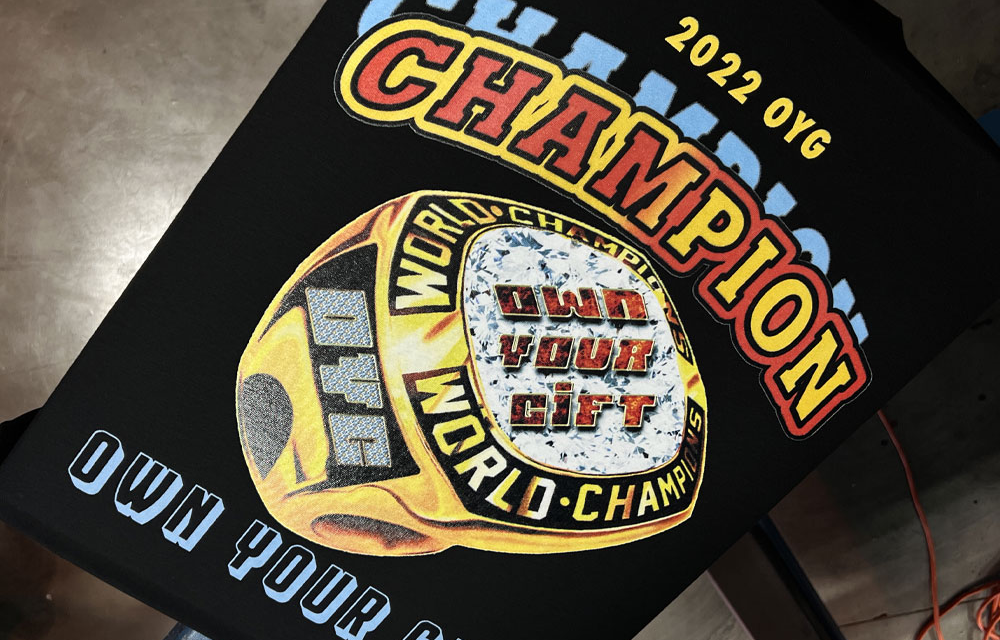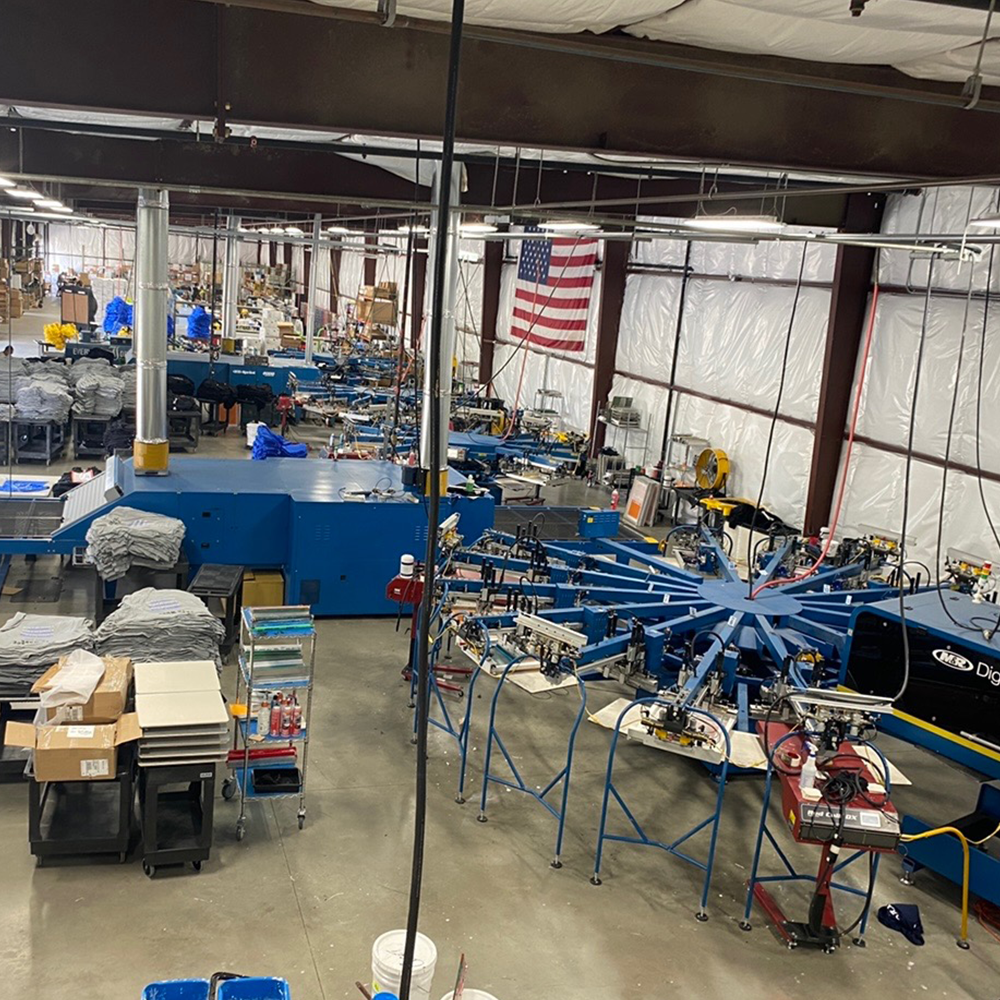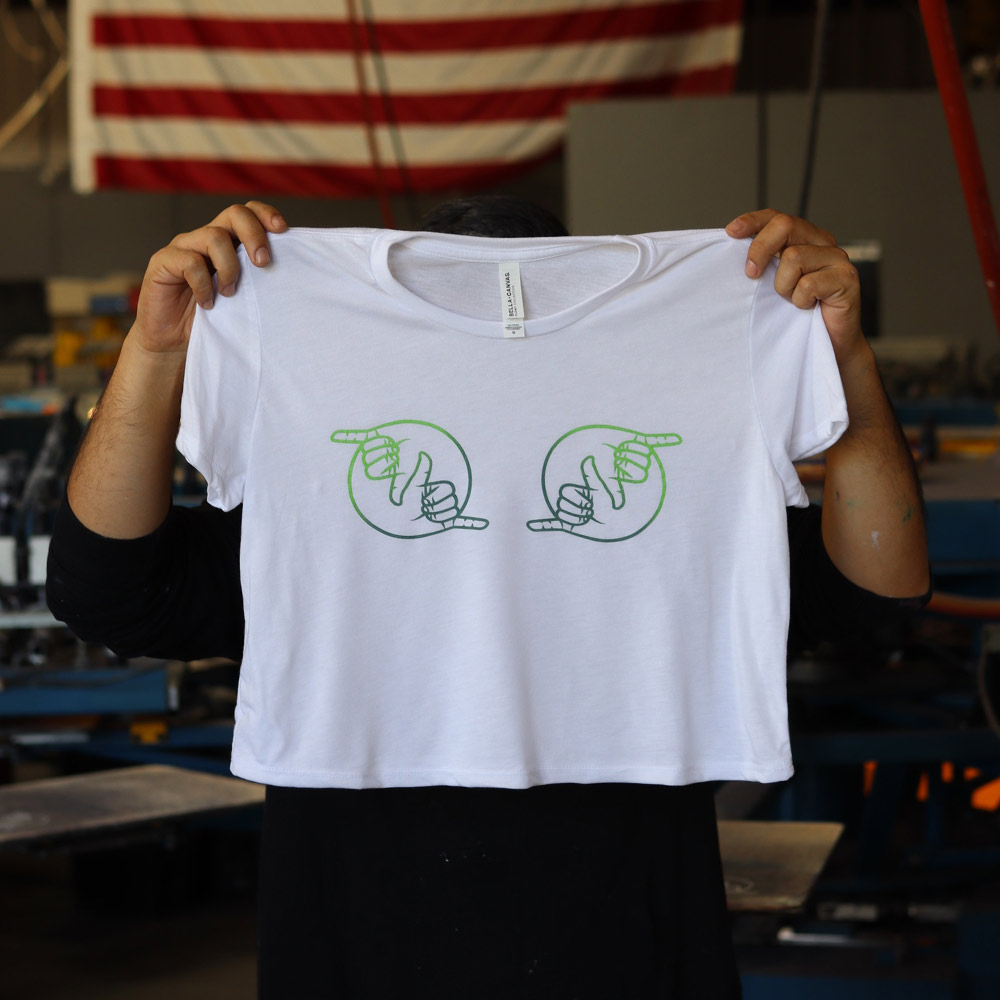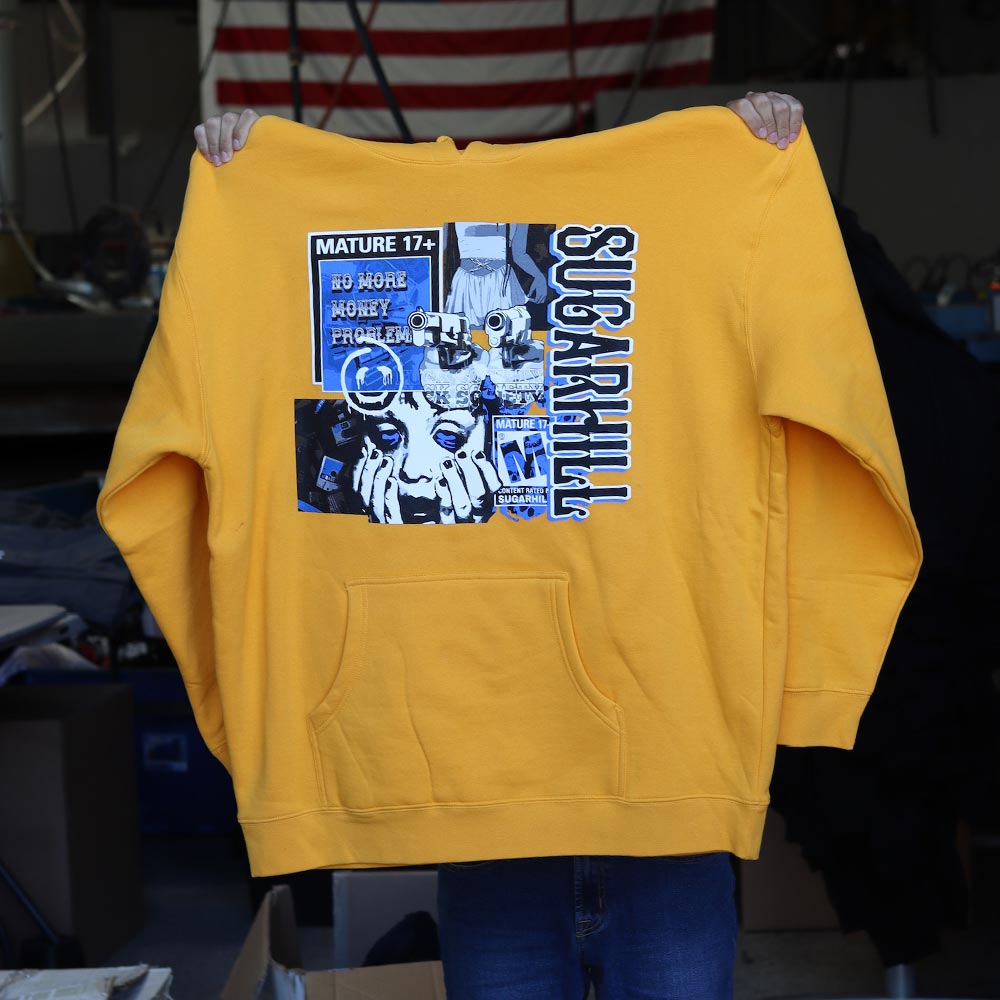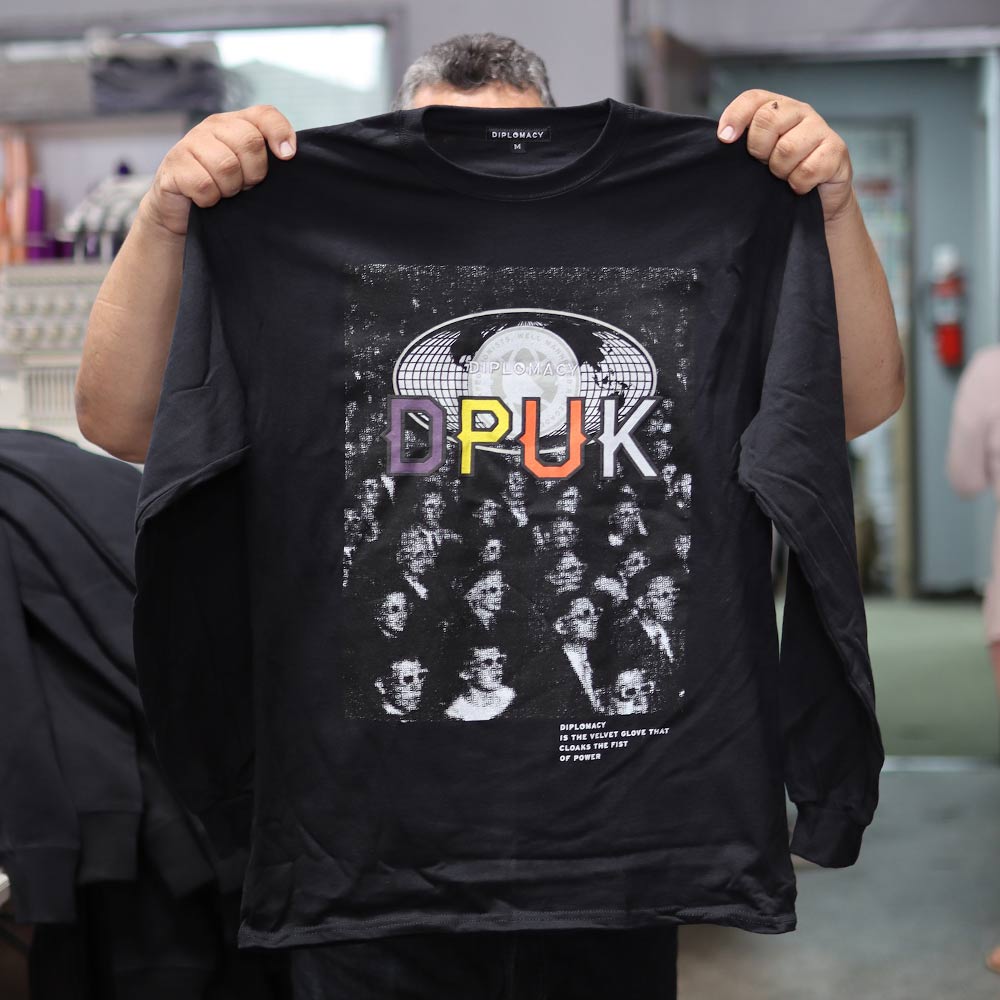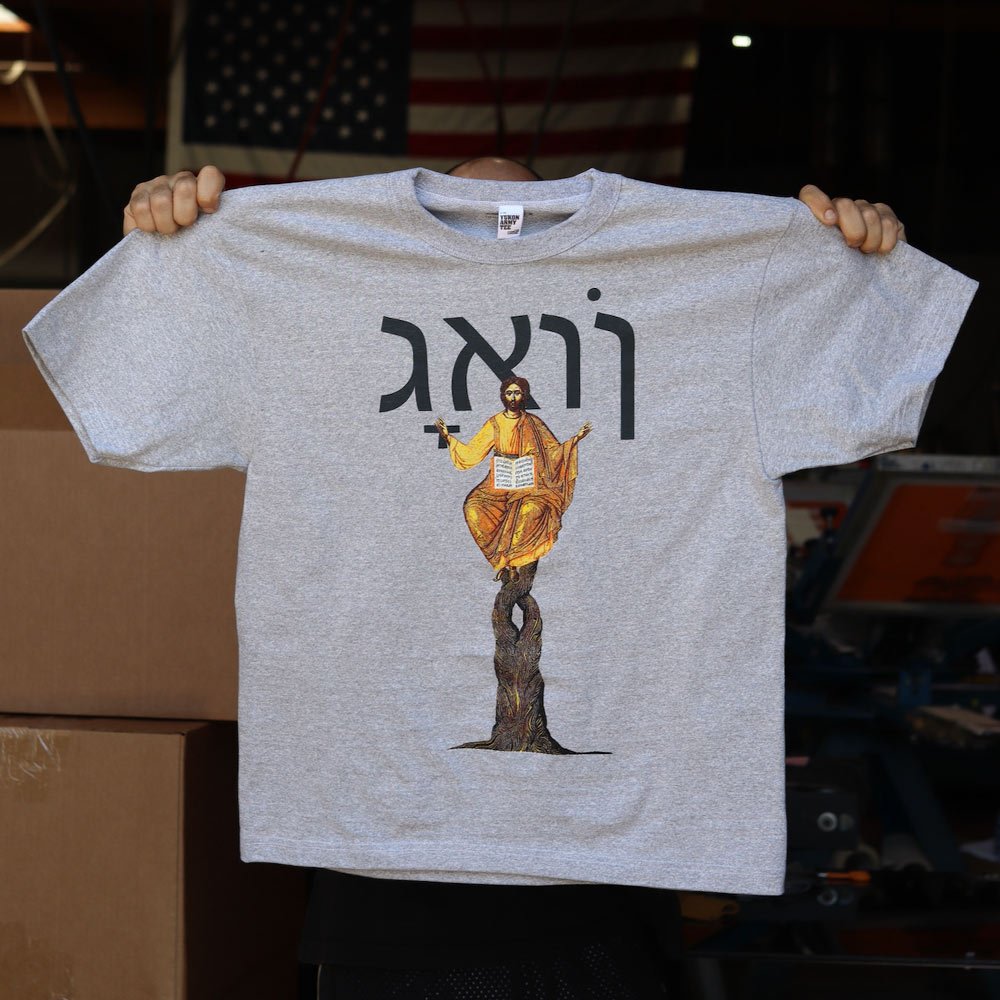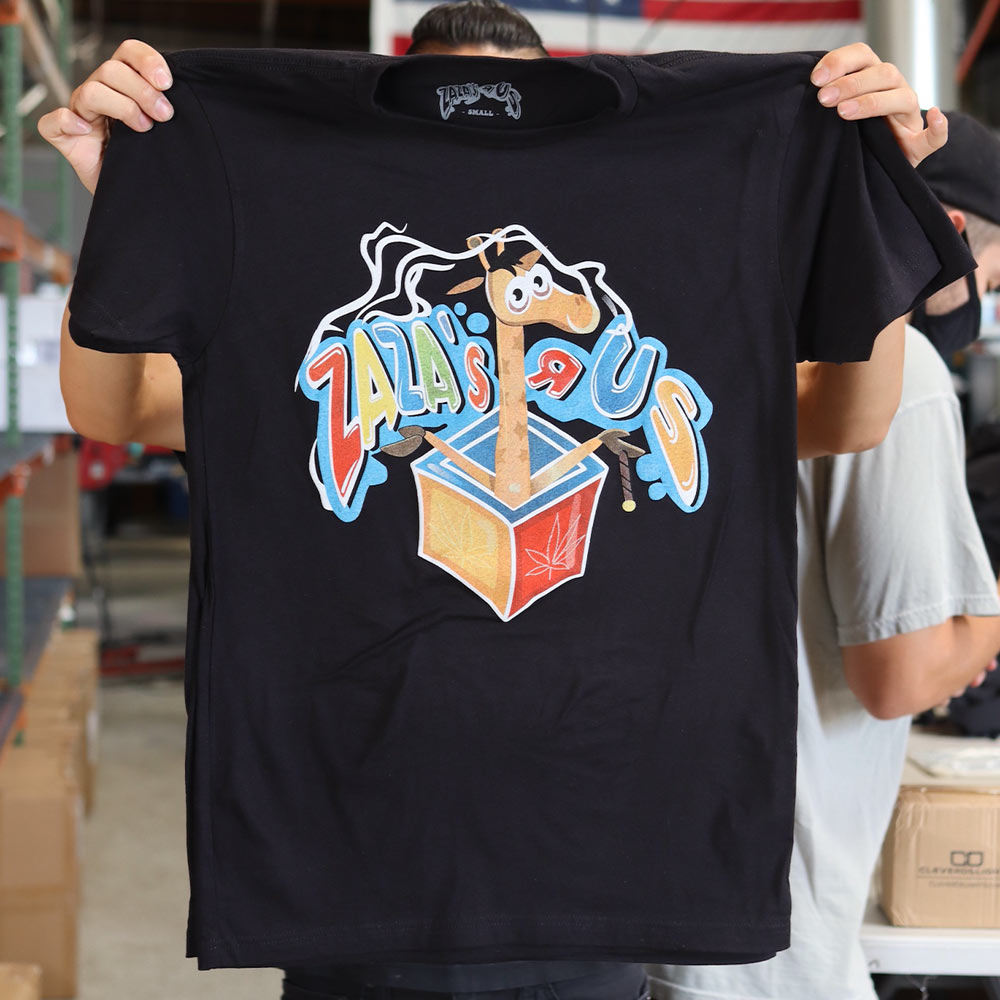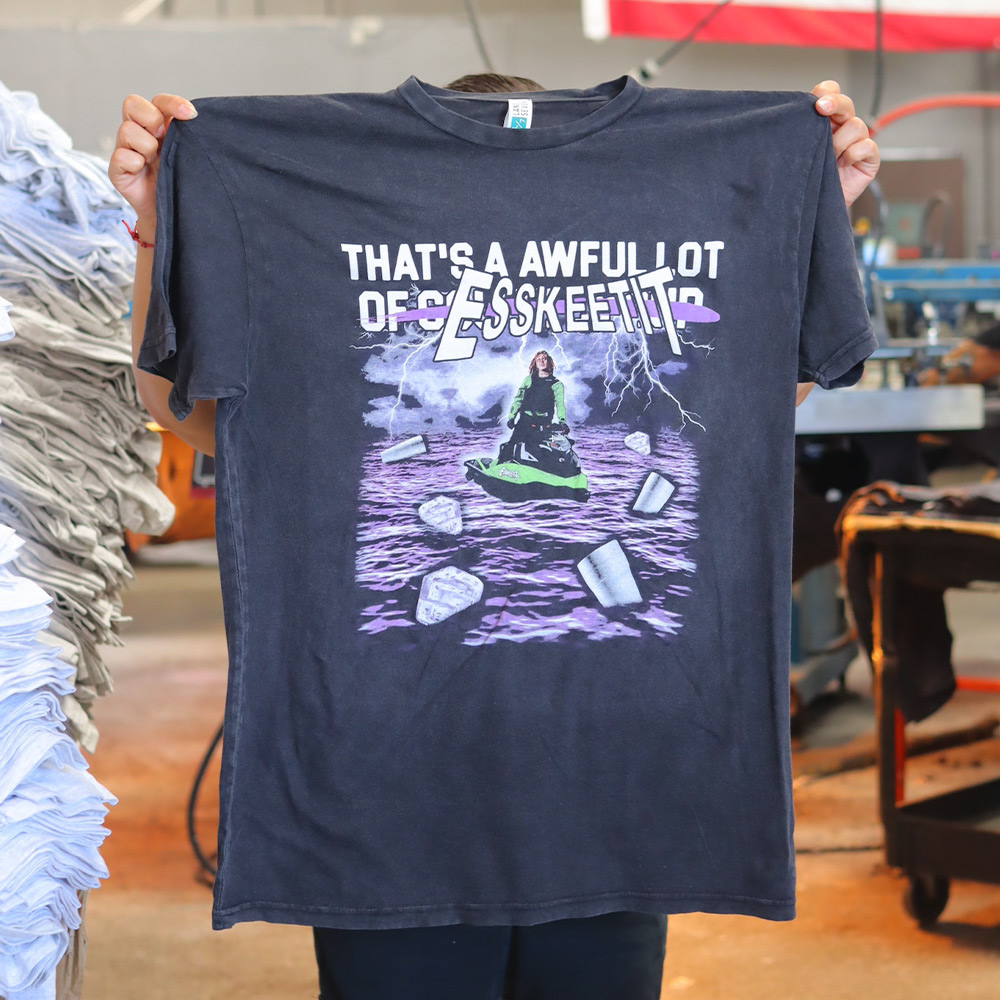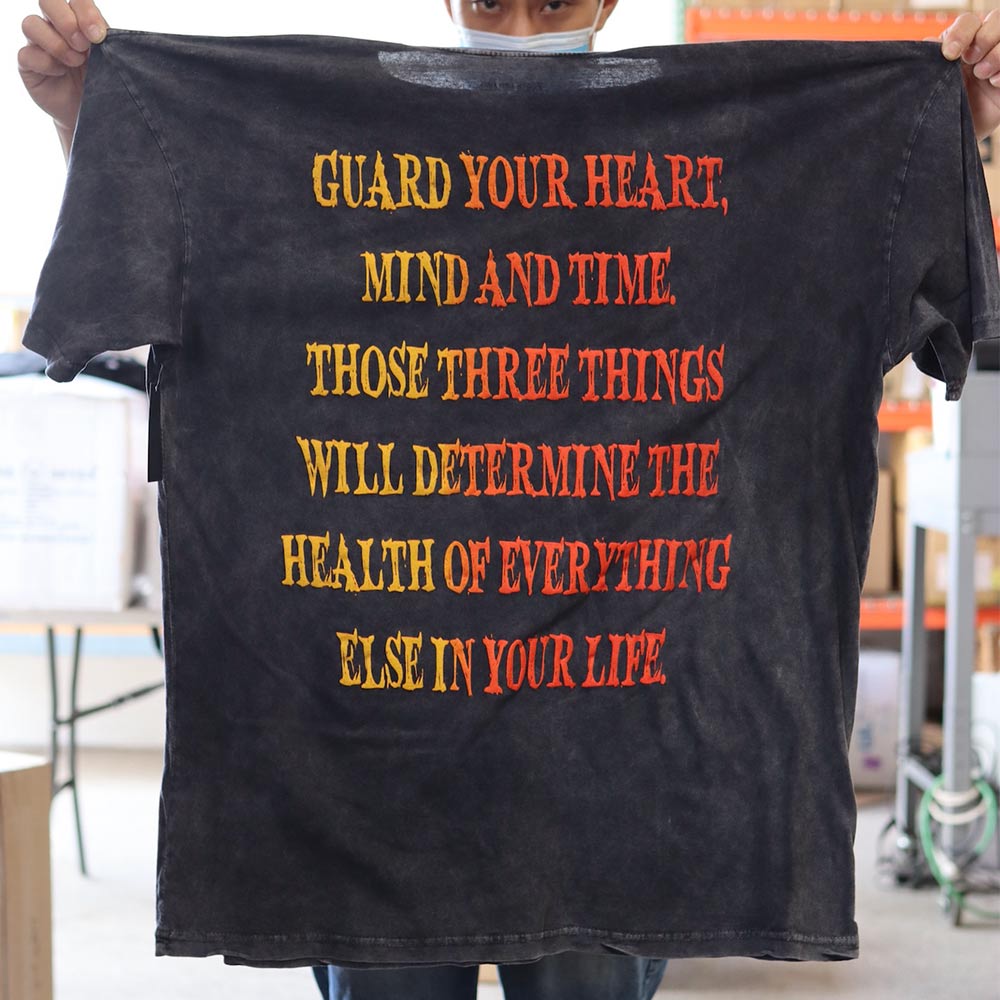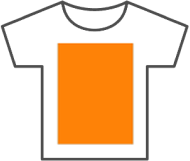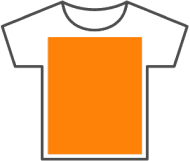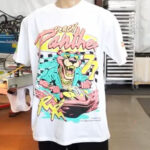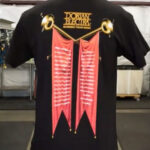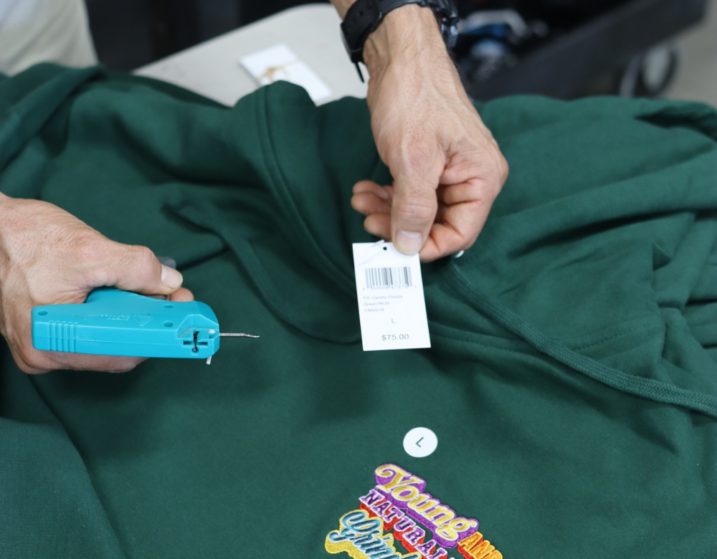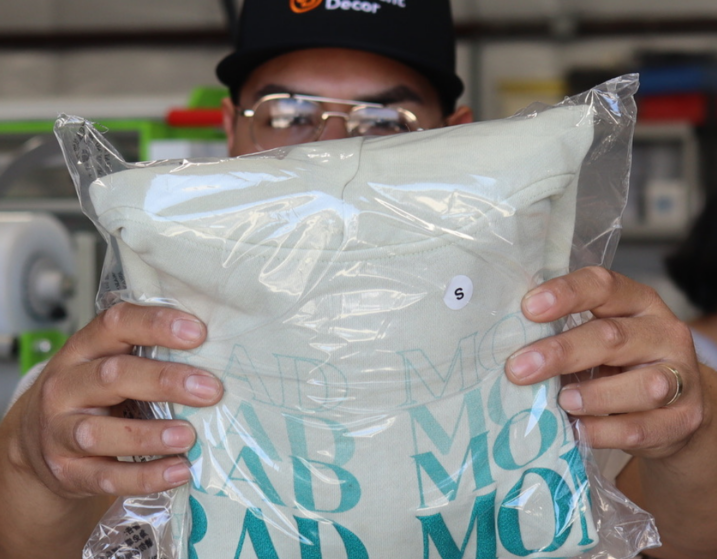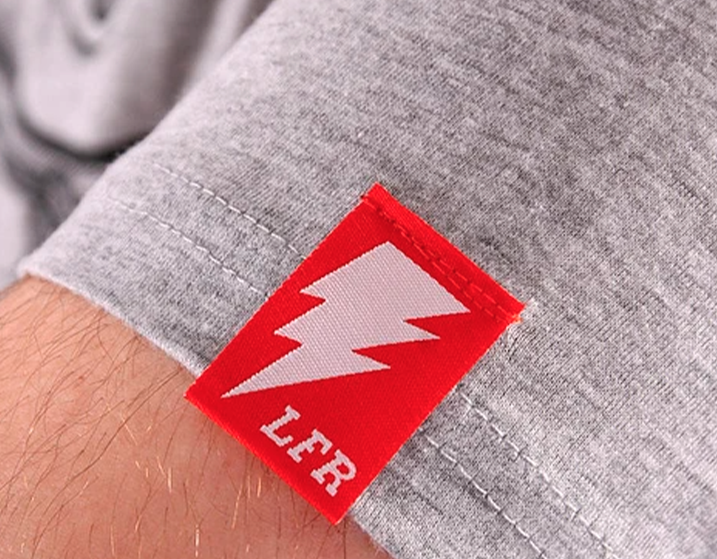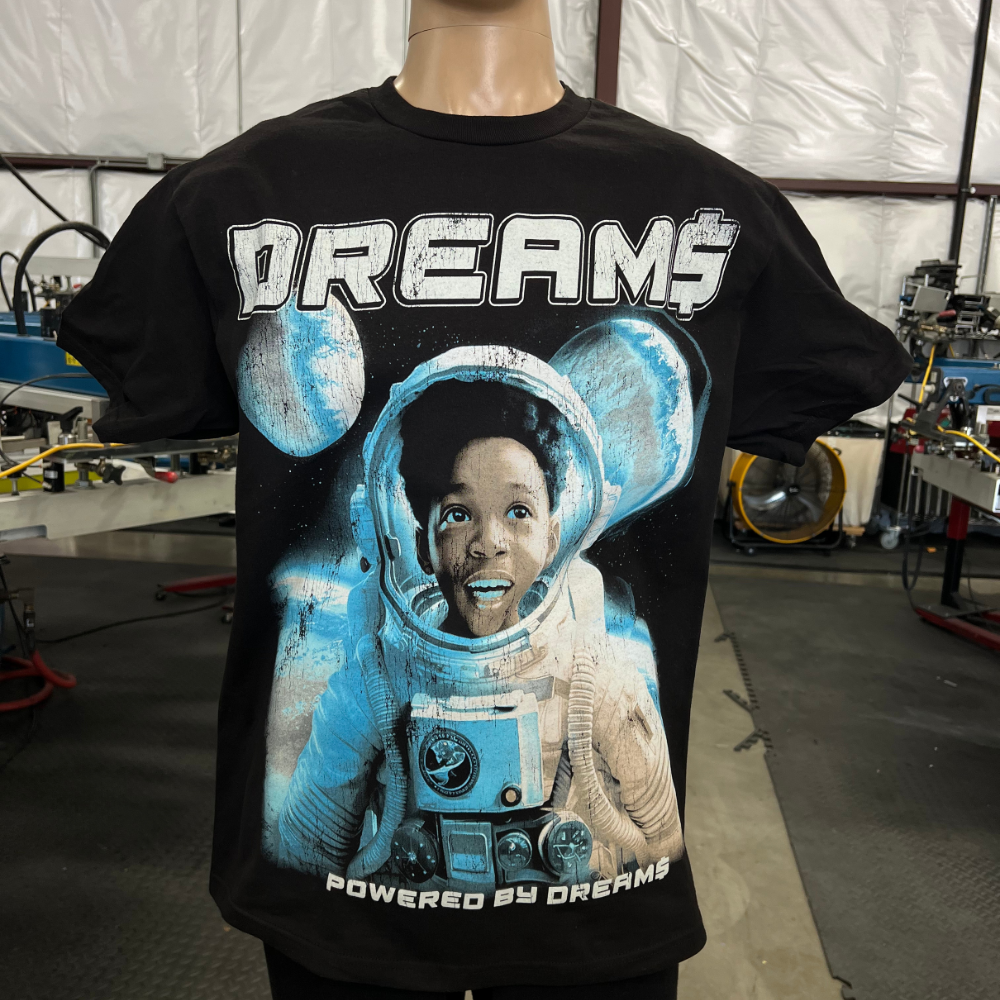|
Definition |
Uses halftones and often reduces ink colors to create detailed, photorealistic images on garments.. |
Combines traditional screen printing with digital printing, allowing for full color printing with sharp details. |
|
Best For |
Large production runs requiring vibrant ink colors and speed. |
Production runs of 50 to a few hundred garments with full color artwork. |
|
Color Accuracy |
Pantone match any color |
Unable to Pantone match and reduced color vibrancy compared to simulated process. |
|
Detail |
Capable of high detail using halftones and ideal for intricate designs on a variety of fabrics and colors. |
Exceptionally high detail, capable of printing complex digital images and gradients with precision. |
|
Fabric Type |
Wide range of fabrics including 100% cotton and polyester, nylon, triblends, rayon, and more. |
Only 100% cotton, 100% polyester, and blends of the two. |
|
Print Durability |
Equal |
Equal |
|
Affordability |
In most situations this is best with at least 150 units. |
Most affordable between 50 and 150 units on average. |
|
Setup Costs |
Setup costs are based on the number of colors in a design. |
$100 regardless of the design. |
|
Jumbo |
Yes, you can print up to 17" wide by 23" tall. |
No, the max print size is 14" wide by 17" tall. |
|
Special Effects |
Yes, incorporate puff screen printing, metallic ink, and more. |
Yes, Pantone match any color by using a screen dedicated to it. |
